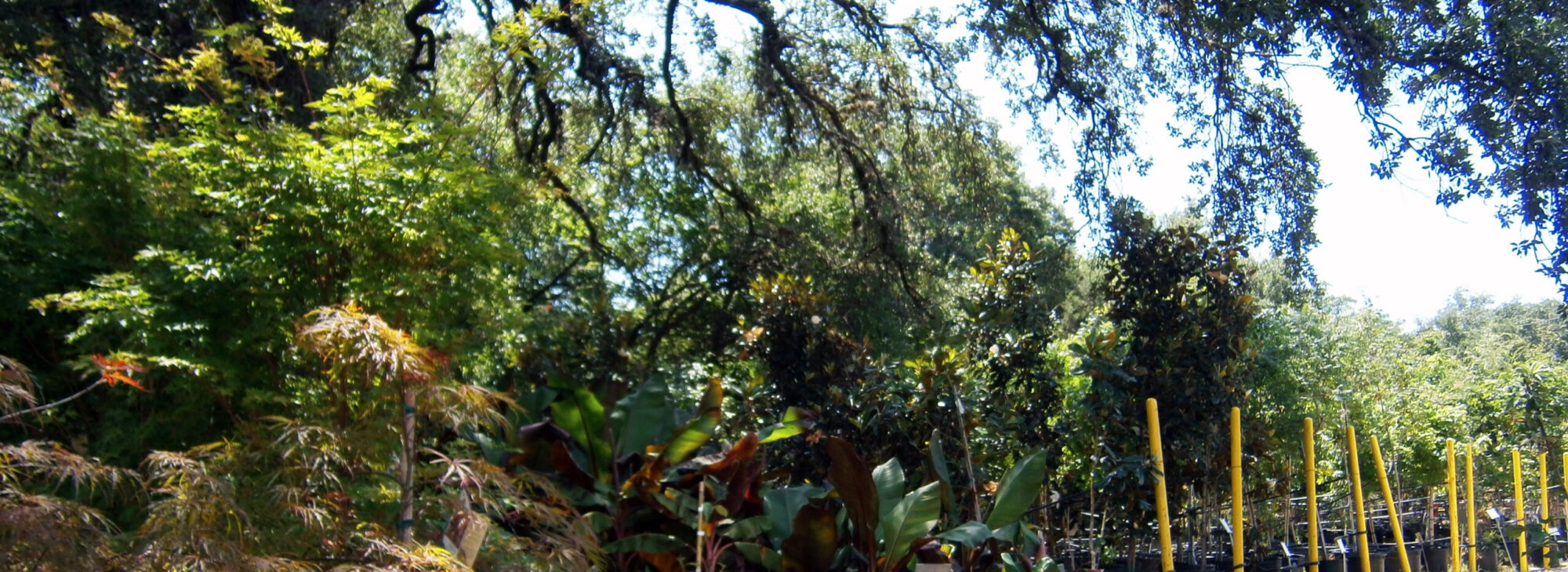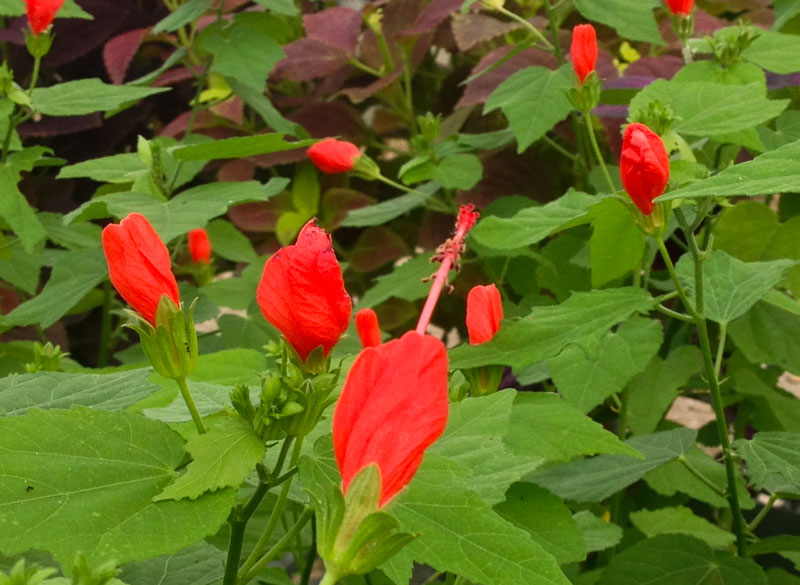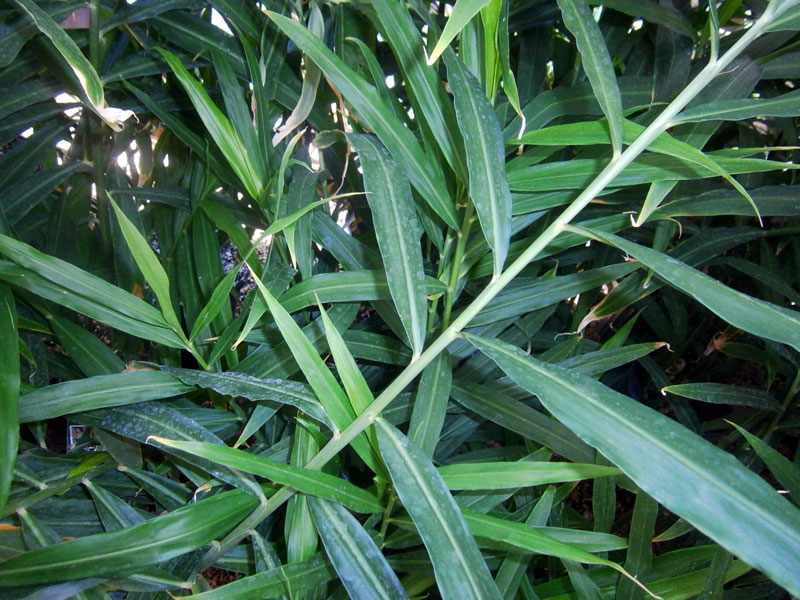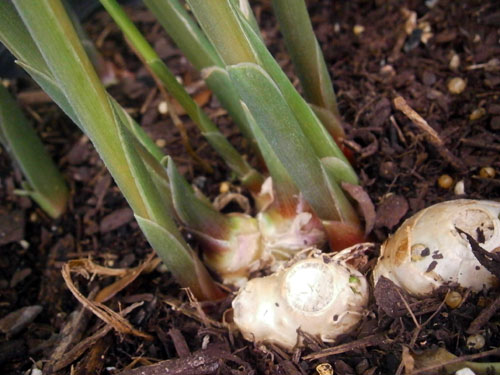September Plant of the Month
Turk's Cap
If you want to plant it and forget it, Turk's Cap is pretty close to perfect. These perennials are super tough, even in our Texas heat. In fact, you better make sure you reaaally like this one, before planting. It can be difficult to get rid of! Don't let that scare you though, this is a fantastic plant.
Turk's cap will grow in a shrub-like form to 4 or 5 feet tall and 3 to 4 feet wide. Many times they will grow larger. It's a perennial plant, so it will die down to the ground in winter,  emerging again in the spring. The showy, bright red flowers bloom almost all season, spring through frost. The flowers never completely open and resemble a Turkish fez, or cap. The bright blooms are also a favorite of hummingbirds and butterflies!
emerging again in the spring. The showy, bright red flowers bloom almost all season, spring through frost. The flowers never completely open and resemble a Turkish fez, or cap. The bright blooms are also a favorite of hummingbirds and butterflies!
Turk's Cap has few pest and disease problems. You may run into problems with mealy bug or powdery mildew every once in a while. Both problems are a relatively easy fix.
Where to Grow
Turk's Cap is extremely versatile and can grow in a variety of soil types including rocky, clay, sandy, alkaline or acidic soils. This plant is drought tolerant once established, but can also grow in wet areas. Where do you want to plant it? Put it in deep shade, part shade, part sun or full sun! These perennials look great as a border or mixed with other perennials. Try it in a rock garden or even a whiskey barrel.
Did you know?
Turk's Cap produces a small marble-size red fruit that is edible. It has a mealy taste, but birds and animals seem to like it. The flowers are also edible with a sweet taste. They can be used as garnish in salads or on cakes!
This plant has medicinal properties. Leaves have been used as an emmolient and flowers are used in a decoction to treat inflammation of the digestive tract. (Disclaimer: Don't try this at home kids. Always consult a knowledgeable source before making your own magic potions!)
Red is the most widely known color for Turk's Cap flowers, but shade of white and pink are also available.
This plant is a member of the mallow family, related to Hibiscus, Rock Rose Pavonia, okra and cotton.




